My Favourite Painting: Hartwig Fischer, director of the British Museum
'An extraordinary statement on the intoxicating power of art,' says Hartwig Fischer as he chooses 'Untitled' by Cy Twombly as his favourite painting.
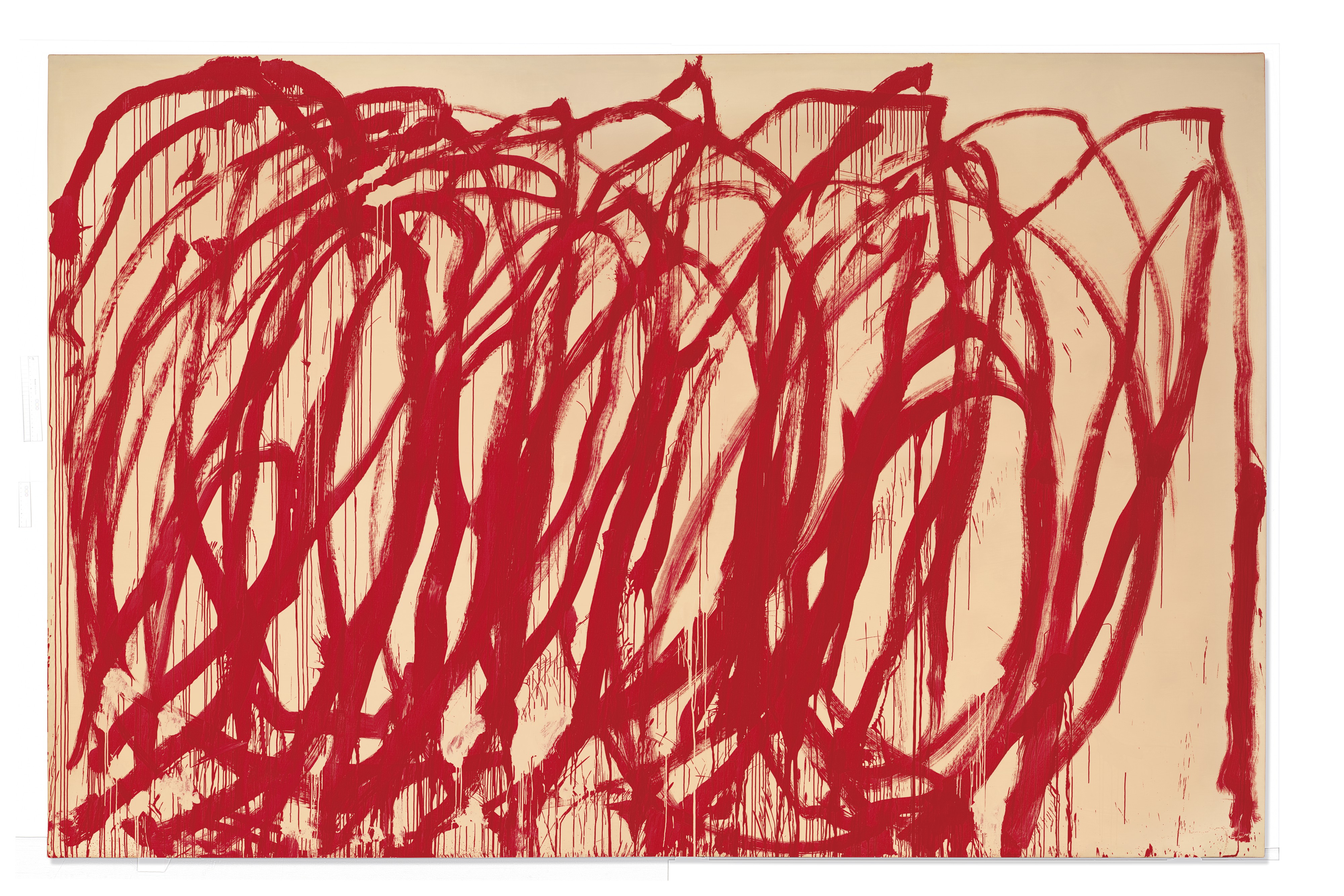

Hartwig Fischer on why he chose ‘Untitled’
 From the 1950s, Twombly used markings and scribblings on paper and canvas, a characteristically “gauche” line (a term introduced by Roland Barthes) moving between writing and drawing, legibility and illegibility, to affirm presence.
In his “Bacchus” series, he seems to come back to the spiralling lines of his 1960s “blackboard” paintings, free-wheeling across the canvas, inspired by the god, ecstatic, liberated and liberating. An extraordinary statement on the intoxicating power of art.
Twombly’s work has had a strong presence in my life, ever since a show in 1984 revealed how myth, poetry and history of the ancient past are both present and remote, lost and regained in his work. This series is like the apotheosis of his life-long quest .’
Hartwig Fischer is the director of the British Museum
John McEwen comments on 'Untitled'
Edwin Parker ‘Cy’ Twombly Jr and his father were both nicknamed Cy after the baseball legend Cy Young (1867–1955). Indeed, Cy Twombly Sr pitched for the Chicago White Sox.
Twombly Jr was born and bred in Lexington, Virginia, US. At 12, in addition to attending Lexington High School, he took private art lessons from the Catalan Pierre Daura, an exiled veteran of the Spanish Civil War. Daura was no provincial; he had been a member of Cercle et Carre with the likes of Mondrian and Kandinsky.
In 1950, Twombly received a scholarship to New York’s Art Students League, where he became fast friends with the creative livewire Robert Rauschenberg, who persuaded him to go to the avant-garde Black Mountain College in North Carolina.
Sign up for the Country Life Newsletter
Exquisite houses, the beauty of Nature, and how to get the most from your life, straight to your inbox.
One of his teachers, Robert Motherwell, theorist and spokesman of the New York School of Abstract painters, got Twombly his first solo show. A travelling scholarship in the company of Rauschenberg through North Africa, Spain, France and Italy extended his internationalism, which was completed when he married the sister of his Italian patron, Giorgio Franchetti, and settled in Rome. This delayed his artistic acceptance in the US.
Twombly made his name with witty, delicate, drawn and painted ‘graffiti-like’ pictures, which were succeeded by more expansive ‘romantic symbolist’ ones such as this. The Roman god of revelry, Bacchus (Dionysus in Greek), is a recurring theme in his art. In 2005, he re-read the Iliad, which seems to have prompted eight canvases in vermilion — the colour of wine and blood — with spontaneous brushstrokes expressive of the ecstasy and insanity of this mad and maddened son of Jupiter (Zeus).
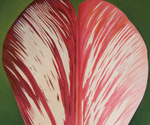
Jools Holland’s Favourite Painting
Jools Holland introduces his favourite painting – Tulip petal number 3
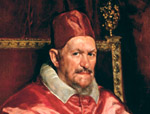
Stephen Fry’s favourite painting
Stephen Fry shares why he loves this famous Velázquez painting of Pope Innocent X
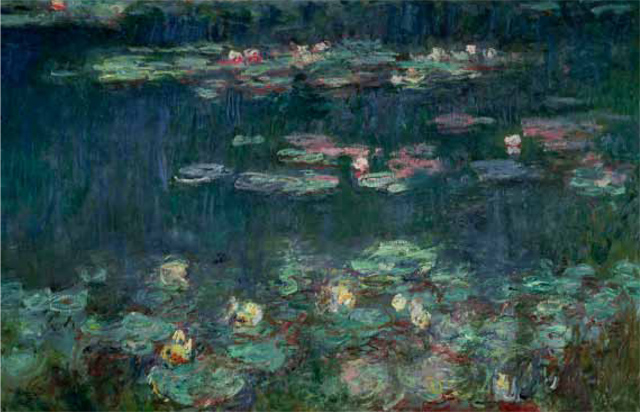
My Favourite Painting: Lulu
Lulu chooses her favourite painting for Country Life.
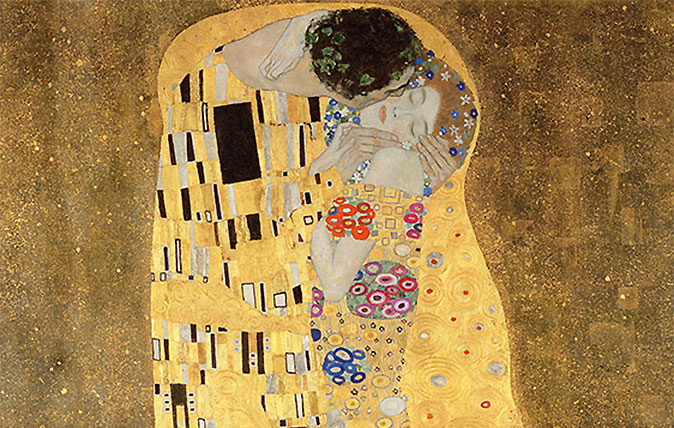
Credit: The Kiss - Gustav Klimt
My favourite painting: Danielle Steel
Danielle Steel, the world's top-selling fiction writer, admits that 'Klimt stole my heart' with this wonderful work.
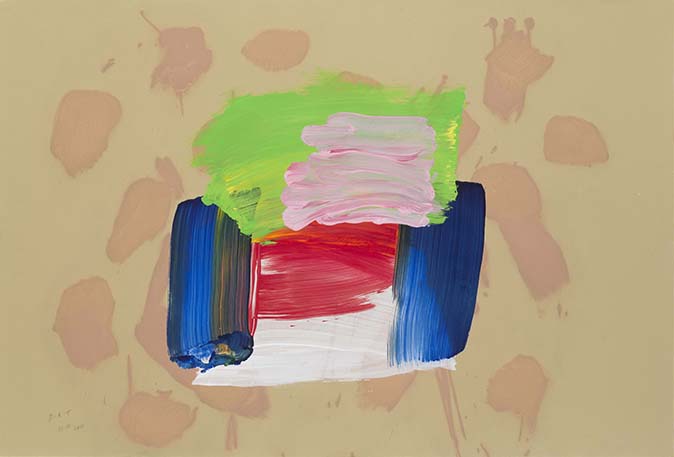
Credit: Courtesy of the artist’s estate/Alan Cristea Gallery
My favourite painting: Roger Wright
'Its typically powerful brushstrokes and juxtaposed gorgeous colours give a heart warming and evocative sense of fun and nostalgia'
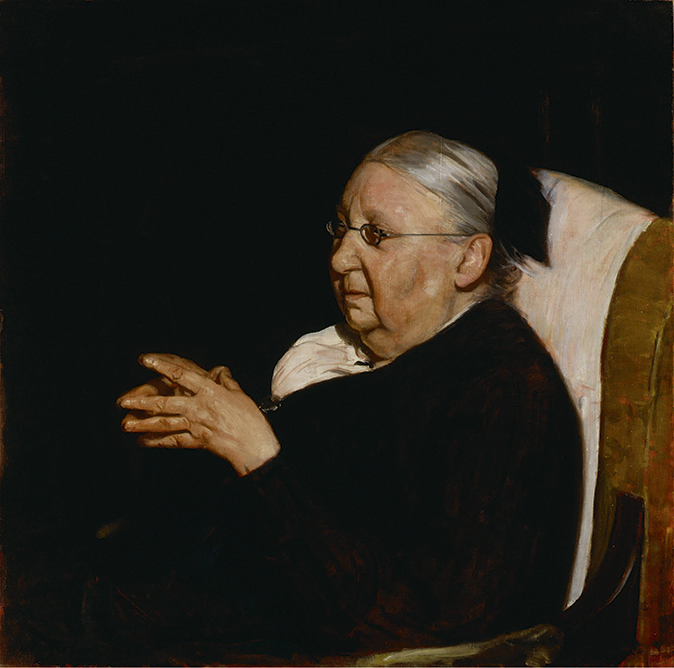
My favourite painting: Penelope Lively
'I love William Nicholson’s work. His still-lifes are incomparable.'
Country Life is unlike any other magazine: the only glossy weekly on the newsstand and the only magazine that has been guest-edited by HRH The King not once, but twice. It is a celebration of modern rural life and all its diverse joys and pleasures — that was first published in Queen Victoria's Diamond Jubilee year. Our eclectic mixture of witty and informative content — from the most up-to-date property news and commentary and a coveted glimpse inside some of the UK's best houses and gardens, to gardening, the arts and interior design, written by experts in their field — still cannot be found in print or online, anywhere else.
-
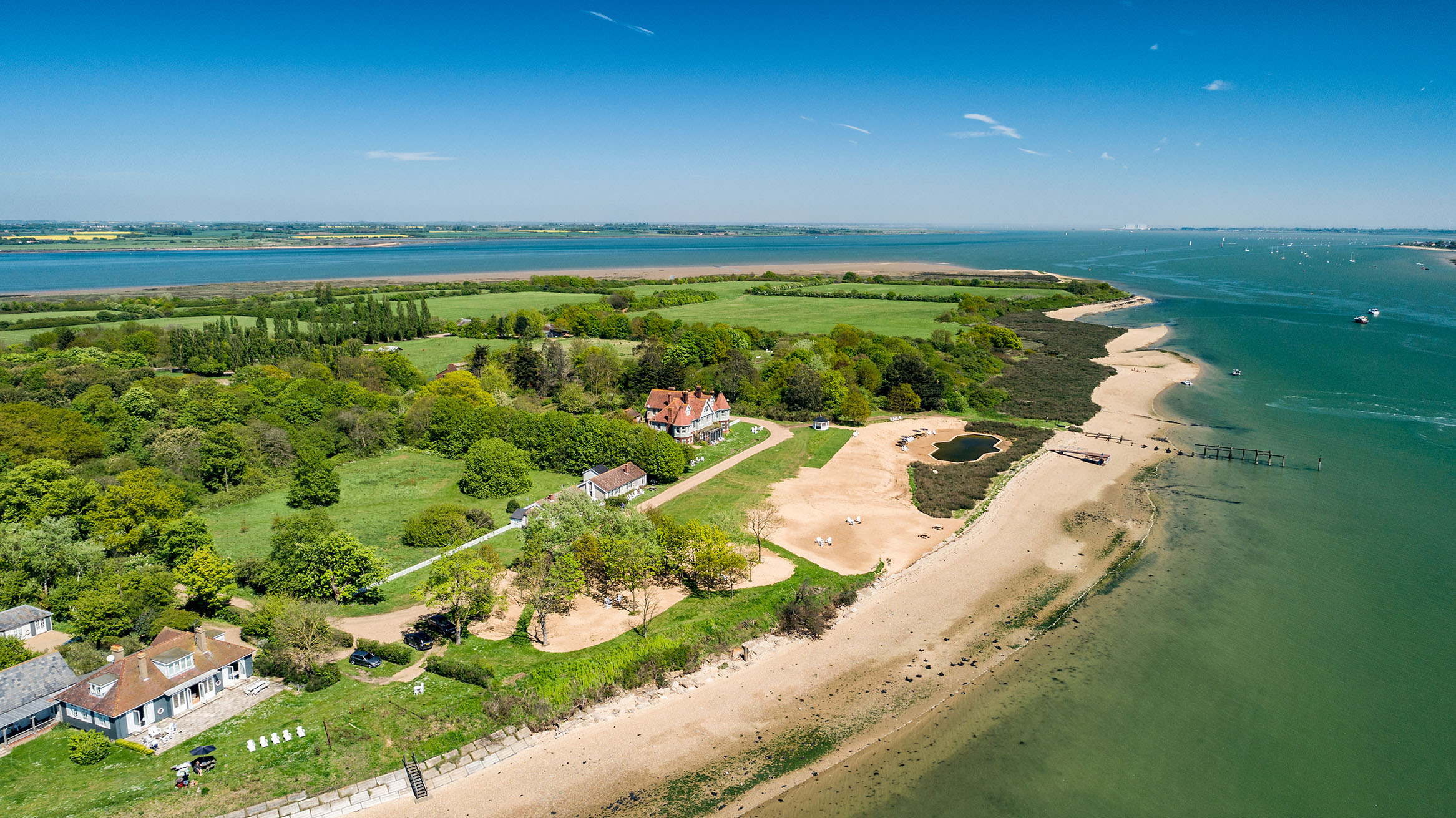 380 acres and 90 bedrooms on the £25m private island being sold by one of Britain's top music producers
380 acres and 90 bedrooms on the £25m private island being sold by one of Britain's top music producersStormzy, Rihanna and the Rolling Stones are just a part of the story at Osea Island, a dot on the map in the seas off Essex.
By Lotte Brundle
-
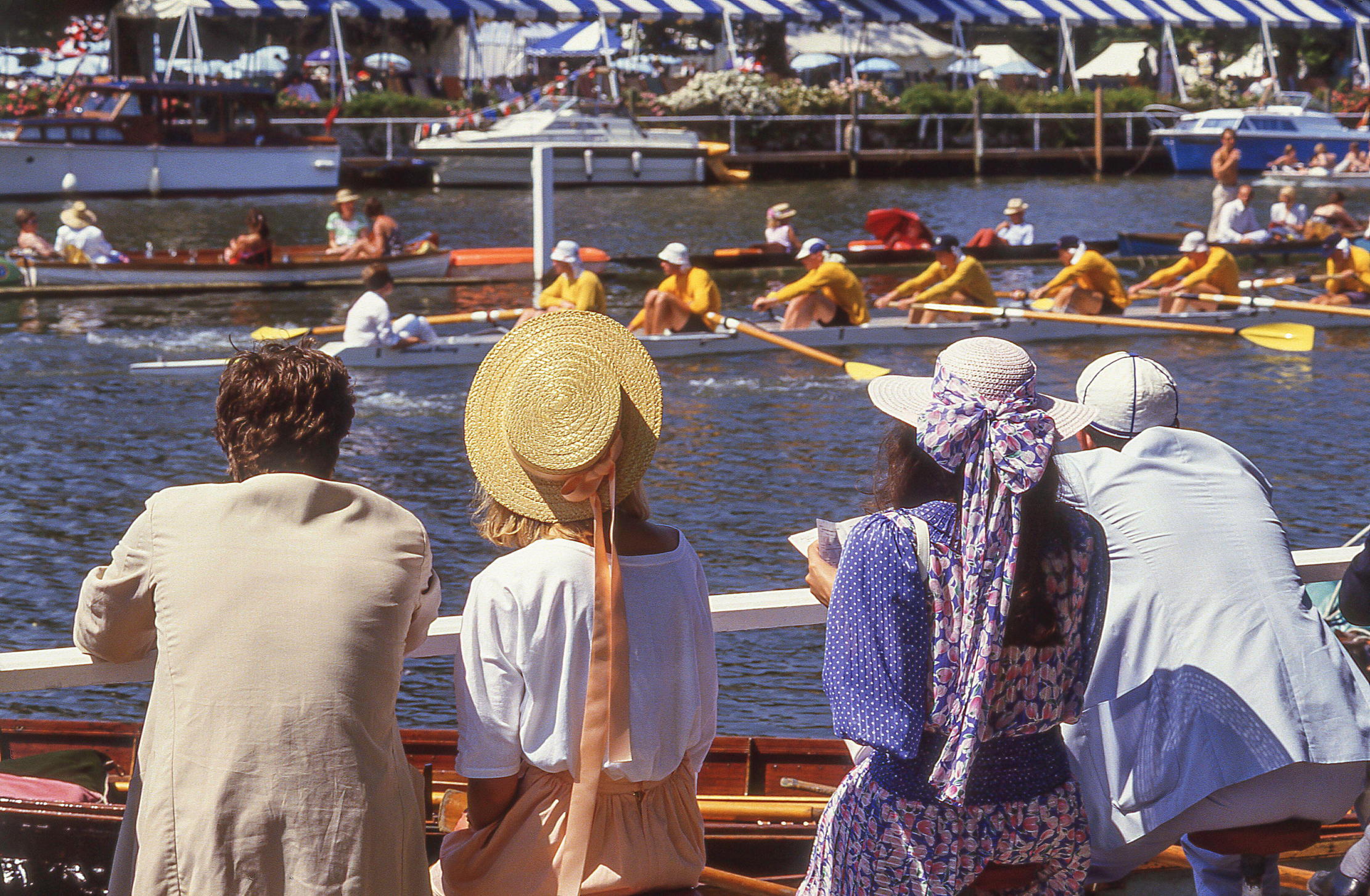 'A delicious chance to step back in time and bask in the best of Britain': An insider's guide to The Season
'A delicious chance to step back in time and bask in the best of Britain': An insider's guide to The SeasonHere's how to navigate this summer's top events in style, from those who know best.
By Madeleine Silver
-
 'As a child I wanted to snuggle up with the dogs and be part of it': Alexia Robinson chooses her favourite painting
'As a child I wanted to snuggle up with the dogs and be part of it': Alexia Robinson chooses her favourite paintingAlexia Robinson, founder of Love British Food, chooses an Edwin Landseer classic.
By Charlotte Mullins
-
 The Pre-Raphaelite painter who swapped 'willowy, nubile women' for stained glass — and created some of the best examples in Britain
The Pre-Raphaelite painter who swapped 'willowy, nubile women' for stained glass — and created some of the best examples in BritainThe painter Edward Burne-Jones turned from paint to glass for much of his career. James Hughes, director of the Victorian Society, chooses a glass masterpiece by Burne-Jones as his favourite 'painting'.
By Charlotte Mullins
-
 'I can’t look away. I’m captivated': The painter who takes years over each portrait, with the only guarantee being that it won't look like the subject
'I can’t look away. I’m captivated': The painter who takes years over each portrait, with the only guarantee being that it won't look like the subjectFor Country Life's My Favourite Painting slot, the writer Emily Howes chooses a work by a daring and challenging artist: Frank Auerbach.
By Toby Keel
-
 My Favourite Painting: Rob Houchen
My Favourite Painting: Rob HouchenThe actor Rob Houchen chooses a bold and challenging Egon Schiele work.
By Charlotte Mullins
-
 My Favourite Painting: Jeremy Clarkson
My Favourite Painting: Jeremy Clarkson'That's why this is my favourite painting. Because it invites you to imagine'
By Charlotte Mullins
-
 The chair of the National Gallery names his favourite from among the 2,300 masterpieces — and it will come as a bit of a shock
The chair of the National Gallery names his favourite from among the 2,300 masterpieces — and it will come as a bit of a shockAs the National Gallery turns 200, the chair of its board of trustees, John Booth, chooses his favourite painting.
By Toby Keel
-
 'A wonderful reminder of what the countryside could and should be': The 200-year-old watercolour of a world fast disappearing
'A wonderful reminder of what the countryside could and should be': The 200-year-old watercolour of a world fast disappearingChristopher Price of the Rare Breed Survival Trust on the bucolic beauty of The Magic Apple Tree by Samuel Palmer, which he nominates as his favourite painting.
By Charlotte Mullins
-
 My favourite painting: Andrew Graham-Dixon
My favourite painting: Andrew Graham-Dixon'Lesson Number One: it’s the pictures that baffle and tantalise you that stay in the mind forever .'
By Country Life